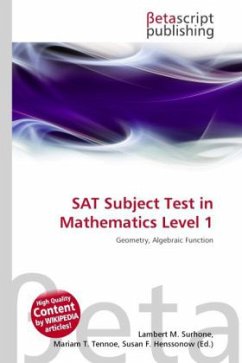High Quality Content by WIKIPEDIA articles! Named for the Dutch mathematician Bartel Leendert van der Waerden, the Van der Waerden test is a statistical test that k population distribution functions are equal. The Van Der Waerden test converts the ranks from a standard Kruskal-Wallis one-way analysis of variance to quantiles of the standard normal distribution (details given below). These are called normal scores and the test is computed from these normal scores. The k population version of the test is an extension of the test for two populations published by Van der Waerden (1952,1953)Analysis of Variance (ANOVA) is a data analysis technique for examining the significance of the factors (independent variables) in a multi-factor model. The one factor model can be thought of as a generalization of the two sample t-test. That is, the two sample t-test is a test of the hypothesis that two population means are equal. The one factor ANOVA tests the hypothesis that k population means are equal. The standard ANOVA assumes that the errors (i.e., residuals) are normally distributed. If this normality assumption is not valid, an alternative is to use a non-parametric test.







